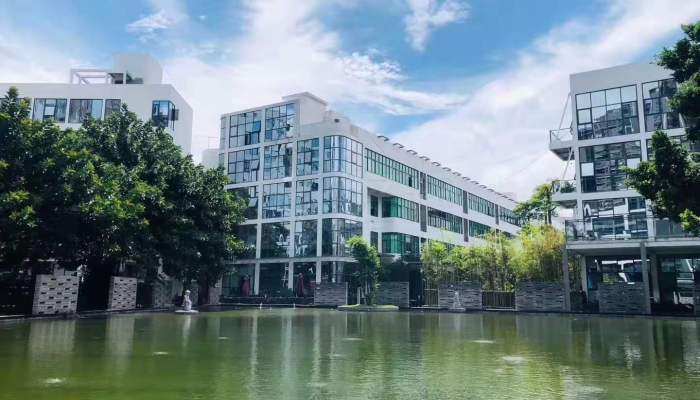Garbage classification knowledge

Garbage classification generally refers to a series of activities in which garbage is classified, stored, put, and transported according to certain regulations or standards, and thereby transformed into public resources.
The purpose of garbage classification is to increase the resource value and economic value of garbage, reduce the amount of garbage processed and the use of treatment equipment, reduce processing costs, and reduce the consumption of land resources. It has social, economic, and ecological benefits.
Garbage is a private property of the public at the stage of classified storage. Garbage becomes a regional public resource of the community or community where the public is located after being sorted and put by the public. Garbage classified and transported to a garbage collection point or transfer station becomes a non-exclusive public resource. From the perspective of the classification methods of domestic and foreign cities in domestic and foreign cities, most of them are classified according to the composition and amount of garbage, combined with the resource utilization and treatment methods of local garbage.
From May 1, 2020, the "Regulations of Beijing Municipality on the Management of Domestic Waste" will be implemented [1].
Recyclables
Recyclables
Recyclables mainly include five categories: waste paper, plastic, glass, metal and cloth.
Waste paper: mainly includes newspapers, periodicals, books, various packaging papers, etc. However, it should be noted that paper towels and toilet paper cannot be recycled due to their strong water solubility.
Plastics: all kinds of plastic bags, plastic foam, plastic packaging (express wrapping paper is other garbage/dry garbage), disposable plastic lunch boxes and tableware, hard plastics, plastic toothbrushes, plastic cups, mineral water bottles, etc.
Glass: mainly includes various glass bottles, broken glass pieces, thermos bottles, etc. (Mirror is other trash/dry trash)
Metal objects: mainly including cans, cans, etc.
Fabrics: mainly including discarded clothes, tablecloths, face towels, school bags, shoes, etc.
The comprehensive treatment and recycling of these garbage can reduce pollution and save resources. For example, every ton of waste paper recycled can produce 850 kilograms of paper, saving 300 kilograms of wood, and reducing pollution by 74% compared to equivalent production; every ton of plastic beverage bottles can be recycled to obtain 0.7 tons of secondary raw materials; every ton of scrap steel can be recycled. Smelting 0.9 tons of steel, saving 47% of the cost compared with ore smelting, reducing air pollution by 75%, and reducing water pollution and solid waste by 97%.
Other garbage
Other garbage (referred to as dry garbage in Shanghai) includes bricks, ceramics, muck, toilet waste paper, paper towels and other wastes that are difficult to recycle, dust, and food bags (boxes) other than the above-mentioned types of garbage. Adopting sanitary landfill can effectively reduce the pollution of groundwater, surface water, soil and air.
Big stick bones are listed as "other garbage" because they are "difficult to corrode". Corn kernels, nut shells, fruit kernels, chicken bones, etc. are food waste.
Toilet paper: Toilet paper, toilet paper will dissolve in water, not considered as recyclable "paper", similar to cigarette cases, etc.
Food waste bagging: Commonly used plastic bags, even those that are degradable, are far more difficult to corrode than food waste. In addition, the plastic bag itself is recyclable garbage. The correct approach should be to put food waste into the trash can, and plastic bags into the "recyclable trash" bin.
Nutshell: In the garbage classification, the mark of "fruit shell and melon peel" is peanut shell, which is indeed kitchen waste. Waste cooking oil leftover at home is also classified as “kitchen waste”.
Dust: In the garbage classification, dust belongs to "other garbage", but the remaining branches and leaves belong to "kitchen waste", including flowers that bloomed at home.
Kitchen waste
Types of wet garbage
Kitchen waste (called wet waste in Shanghai) includes food wastes such as leftovers, bones, vegetable roots and leaves, and peels. By processing the compost on the spot by biotechnology, 0.6 to 0.7 tons of organic fertilizer can be produced per ton.




